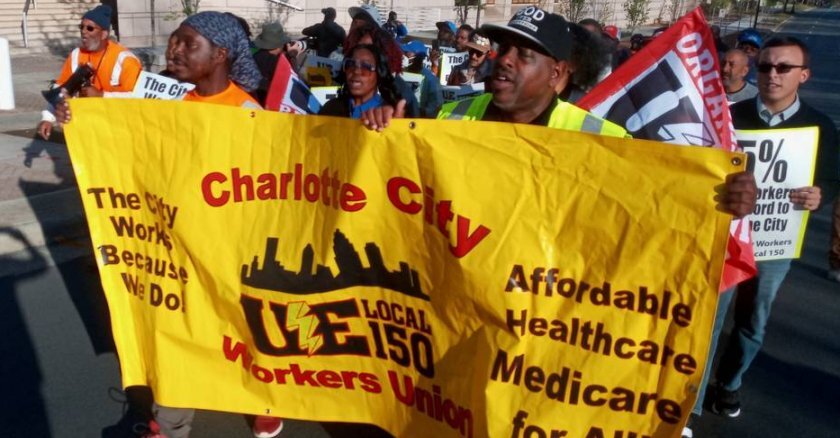The reason? Red-hot labor demand doesn’t appear to be cooling any time soon. Job openings and quits are back to fresh highs, and employment costs are growing at a record pace.
Such intense need for workers risks sparking even faster wage growth at a time when the Fed is already trying to tamp down the highest inflation in four decades.
“We’re going to be at historically very low unemployment rates very soon,” said Gad Levanon, chief economist at the Burning Glass Institute, a labor-market research group. “I don’t see what will reverse it unless we hit a recession.”
Fed officials, who on Wednesday boosted interest rates by the most since 2000, said in a statement after a two-day policy meeting that “job gains have been robust in recent months” and there’s been a substantial drop in the jobless rate.
The government’s report on Friday is expected to show employers added another 380,000 jobs in April, a moderate step down from March but still roughly double the average pace of payroll growth over the last expansion.
Road to 3 Percent
Calculations by Bloomberg Economics suggest it wouldn’t take much to get the jobless rate to 3 percent or lower by December.
That could pan out assuming that both the labor force participation rate rises to 62.9 percent from the current 62.4 percent, and the number of employed Americans increases by an average of 350,000 per month. That’s a little more than half the average pace of employment growth in the past two jobs reports as measured by the government’s monthly survey of households.
Fed Chair Jerome Powell said Wednesday that job creation will slow amid less-supportive fiscal and monetary policy, and greater participation will allow the jobless rate to hold around 3.5 percent this year, consistent with the central bank’s March projection. Powell also said it was “certainly possible” the unemployment rate may go down further.
“We could see the unemployment rate fall quite a lot further — to 3 percent, perhaps even below,” said Julia Pollak, chief economist at ZipRecruiter, a job-search website.
Survey comments from both the Institute for Supply Management’s latest manufacturing and service sector reports underscored persistent — and worsening — employment challenges. As of March, there were 1.9 job openings per unemployed worker — the largest such gap in government data back to late 2000.
That’s one reason why the pace of wage growth may hold at exceptionally high levels and remain an enduring source of inflationary pressure.
“As long as the gap between demand and supply remains wide – or widens more as it did with this data – the upward pressure on wages will persist,” said Michelle Meyer, U.S. chief economist at Mastercard Economics Institute.
The jobs report is projected to show another healthy wage gain. Average hourly earnings are estimated to have risen 0.4 percent from a month earlier and 5.5 percent from a year earlier. That comes on the heels of data out last week that showed private-industry wages and salaries increased 1.3 percent in the first quarter. Even so, inflation continues to outpace wage growth for most people.
There’s also greater breadth of pay gains. The share of individuals who have experienced no change in wages over the last year has fallen to just 11 percent, calculations by the Federal Reserve Bank of Atlanta show. That’s the lowest proportion since 2007.
Still, Nick Bunker, economic research director at jobs website Indeed Inc., said while the labor market isn’t cooling, “the temperature isn’t rising like it was last year.” And that could mean a leveling off in wage growth.
Bunker expects private-sector wages, which were up 5 percent in the 12 months through both December and March, will hold in that vicinity in the near term, but may tick down over the course of the year as workers continue to come back.
©2022 Bloomberg L.P. Distributed by Tribune Content Agency, LLC.
Related Articles










